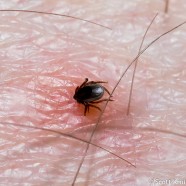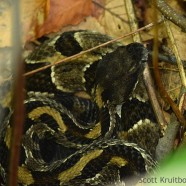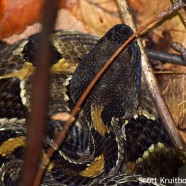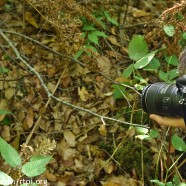Lyme Disease
I have Lyme disease. Thankfully most people have now heard of Lyme disease, but for those who have not, Lyme borreliosis is an infectious disease caused by bacteria of the Borrelia type and transmitted to humans (or pets!) by a black-legged/deer tick bite and subsequent feeding by the parasite. It typically takes 24 or maybe 36-48 hours of feeding for the disease to be transmitted if the tick is a carrier, though this is not a guarantee either direction. Lyme disease can cause flu-like symptoms nearly immediately, and if untreated they can be followed by severe headaches, joint and muscle...
Read MoreIllegal Snake Collection
This story from USFWS Northeast Region concerning the illegal collection and sale of wild reptiles is precisely the reason that we as an organization and as scientists are so careful about disclosing sensitive biological information. It is why I was and will be extremely secretive about locations of species like Timber Rattlesnakes whether it is to protect them from collection or from death. While most people are certainly considerate of life in the world around us there will always be a select misguided few who seek to profit or lash out from ignorance. I am hopeful our constant education...
Read MoreWild Turkey: vicious predator
‘Tis now the season for the Wild Turkey (Meleagris gallopavo). I have been regularly spotting a couple of groups lately, one with around 18 individuals and another with around 8. Here is one bird passing through on a showery and cloudy afternoon. It is hard to believe how rapidly the species has expanded in many areas in the last couple of decades. Is their population increase partially responsible for a decrease in some woodlands herpetofauna? I posted a great deal about Timber Rattlesnakes (Crotalus horridus) this summer, and would you believe this very turkey is a potential...
Read MoreMelanin deposit – Timber Rattlesnake
Do you see the perceptible streak of blue along the right side of the head of this Timber Rattlesnake? That is a special shield for its venom and venom glands that can be found in both pit vipers like Crotalus horridus as well as true vipers. This melanin deposit helps to block visible and ultraviolet light from harming the internal systems and prevents detoxification of the venom itself. That is some advanced evolution!
Read MoreFrightened snakes
Here’s Twan photographing one of the Timber Rattlesnakes (Crotalus horridus) we recorded during survey work this September. In this particular case we have a young male on the hunt for prey. It did not move from this position and it hoped that we would never notice it (and the snake is a heck of a lot easier to see when you know it’s there than when searching in the field!) I initially spotted it from where we were standing in the photo. It felt comfortable enough to simply remain still and rely on its natural camouflage which works phenomenally. However, other rattlesnakes that...
Read More








